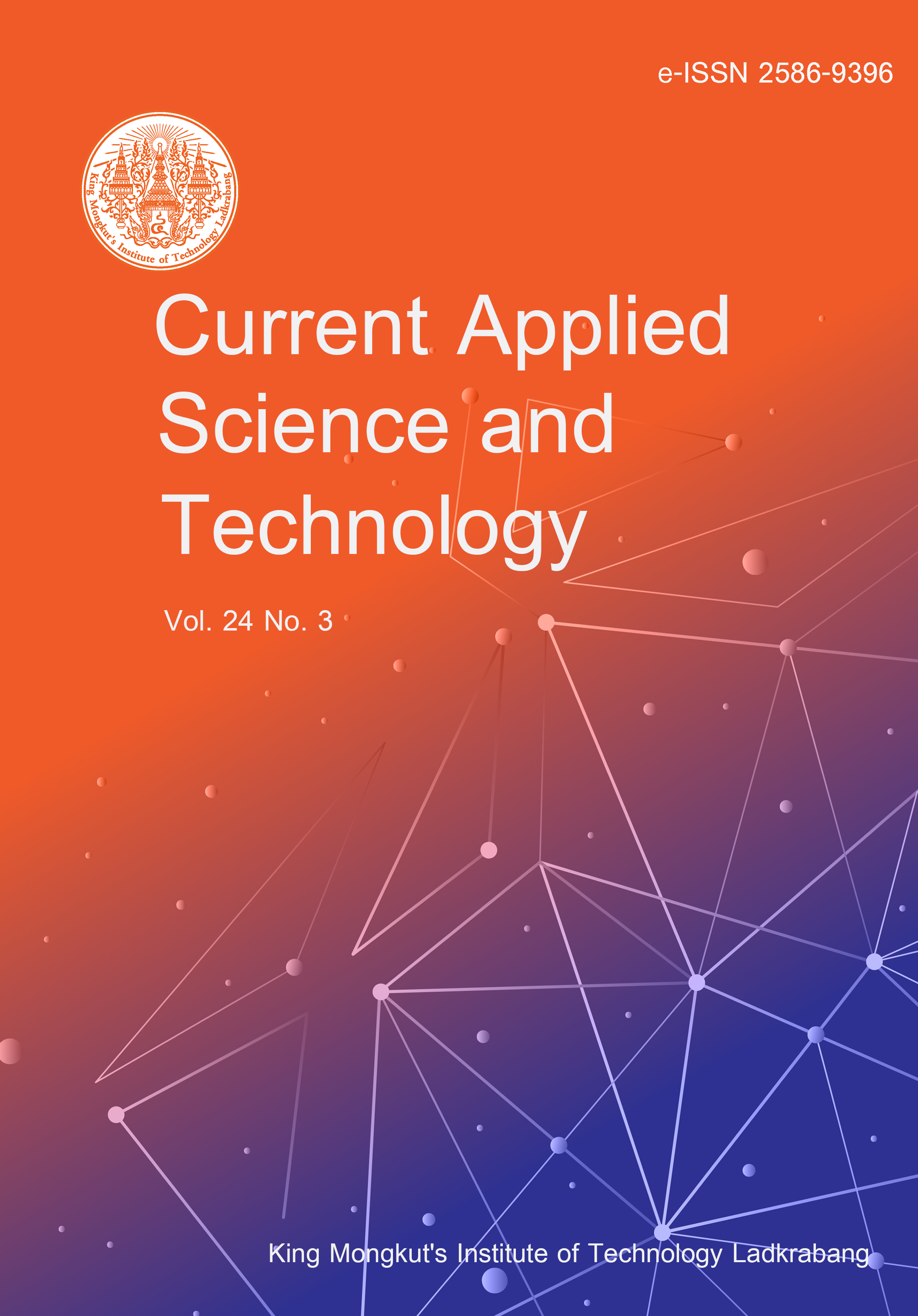Tuna (Thunnus spp.) is a significant commodity within the fishing industry. However, up to half of the total tuna weight ends up as waste, including tuna heads, which contain valuable nutrients such as protein, polyunsaturated fatty acids, enzymes, minerals, and trace elements. The purpose of this study was to investigate an environmentally sustainable approach for tuna head processing by yeast cultivation. The oleaginous yeast Yarrowia lipolytica was successfully cultured on tuna head protein hydrolysate and the effects of culture conditions including inoculum size, hydrolysate pH and incubation volume on nutrition utilization and on yeast growth were investigated. Y. lipolytica showed good biomass accumulation when cultured on tuna head protein hydrolysates. The yeast biomass increased with decreasing incubation volume and reached 8.6 g/L. The yeast also showed the ability to reduce up to 83.7% of hydrolysate lipid content while remaining 70.7% of nitrogen content. The culture conditions had more effect on lipid reduction than on nitrogen reduction and a good correlation between the specific growth rate and lipid reduction was observed. The yeast biomass was 64.0% in protein content and 9.6% in lipid content, without optimization. The investigation results demonstrated the potential improvement of tuna head utilization as well as the potential application of yeast biomass cultivation.
Ta, N. T. M. ., Ngan, N. H. ., & Lan, P. T. . (2023). Investigation of the Yeast Yarrowia lipolytica Cultivation on Tuna Head Protein Hydrolysate. CURRENT APPLIED SCIENCE AND TECHNOLOGY, e0258799. https://doi.org/10.55003/cast.2023.258799


https://cast.kmitl.ac.th/doi/10.55003/cast.2023.258799